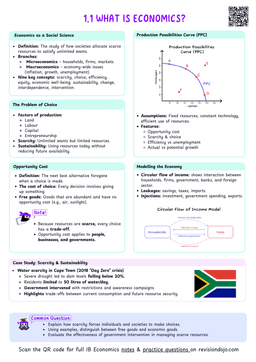Ribosomes: Free vs. rER-Bound
- Ribosomes are protein synthesis machines made of rRNA and proteins.
- Each ribosome has two subunits:
- The small subunit binds to mRNA.
- The large subunit facilitates peptide bond formation and provides an exit tunnel for the growing polypeptide.
Free Ribosomes: Proteins for Internal Use

- Location: Free-floating in the cytoplasm, unattached to membranes.
- Function:
- Produce proteins that remain inside the cell.
- Transport: Proteins synthesized by free ribosomes are released directly into the cytoplasm for immediate use or further targeting.
Proteins produced by free ribosomes often include signal sequences that guide them to specific locations within the cell, such as the nucleus, mitochondria, or peroxisomes.
Example- Enzymes like hexokinase for glycolysis.
- Structural proteins such as actin for the cytoskeleton.
- Proteins used in the nucleus like transcription factors.
rER-Bound Ribosomes: Export and Specialized Functions
- Location: Temporarily attach to the rough endoplasmic reticulum (rER) during protein synthesis.
- Function:


